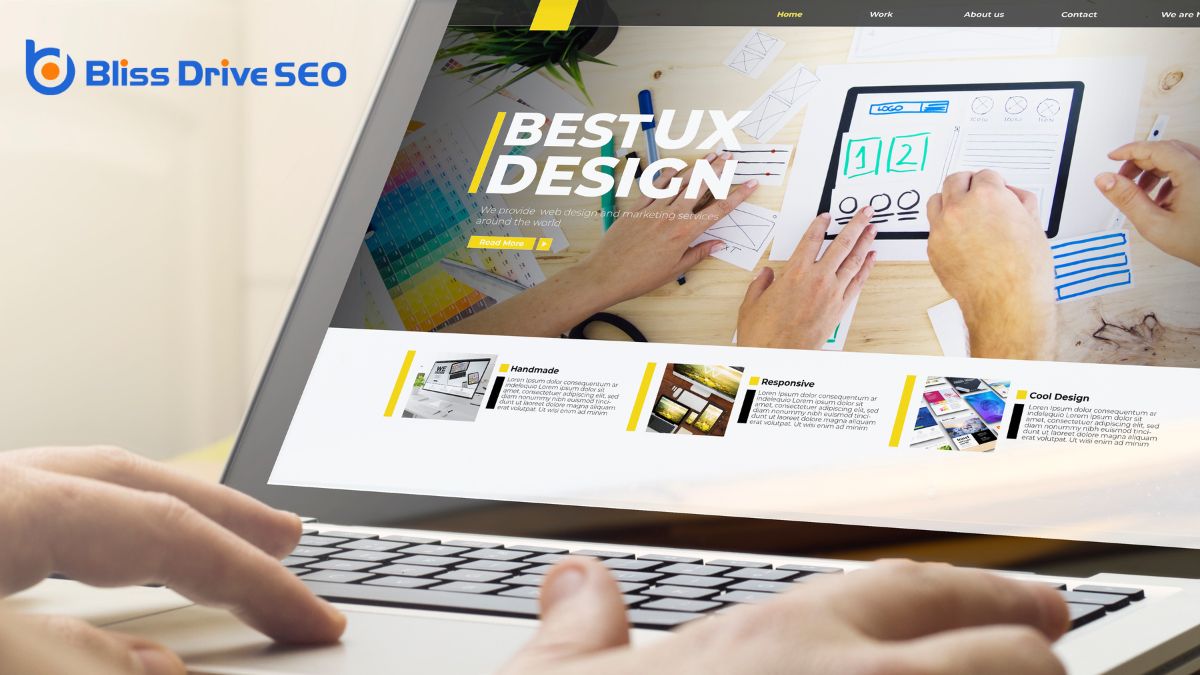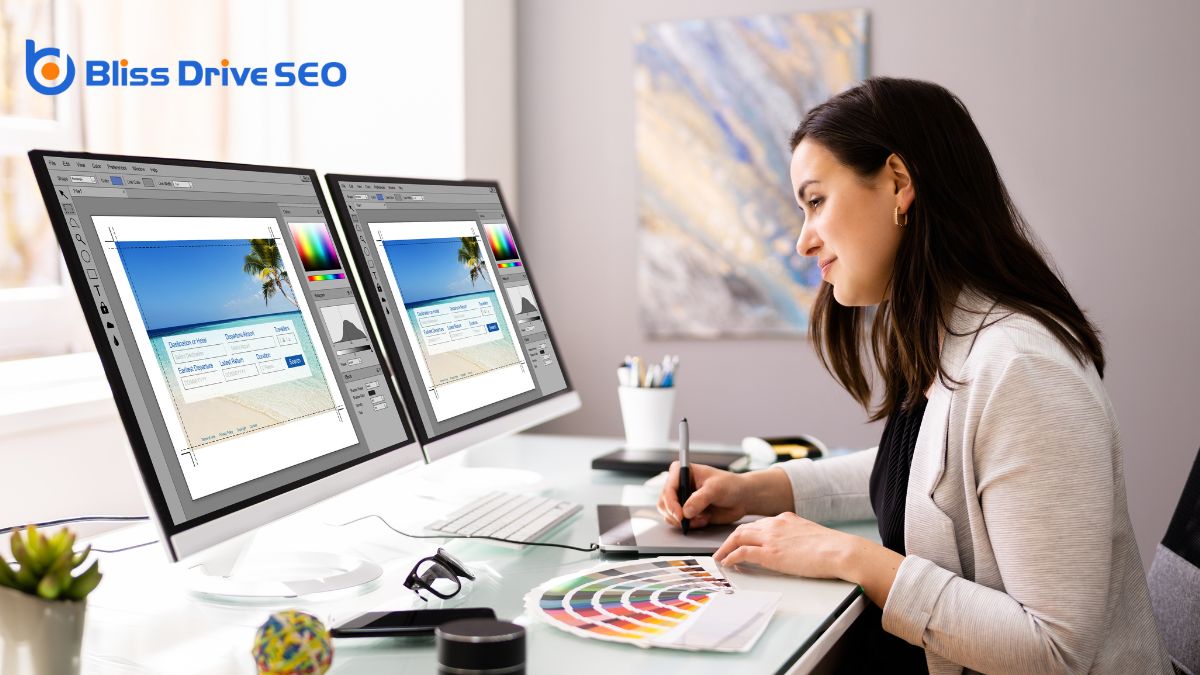Digital Marketing Services
Learn More About Us

When exploring web design, you'll encounter three main types: responsive, adaptive, and static. Each has its unique strengths and challenges that can greatly impact user experience and site performance. Responsive designA web design approach that makes web pages render well on a variety of devices and window or screen ... adapts smoothly to different screen sizes, while adaptive designDesigning webpages to adjust to different screen sizes and devices, similar to responsive design. uses predetermined layouts for specific devices. Static design, on the other hand, offers simplicity but lacks flexibility. Understanding these differences is vital for aligning your website's design with your goals and audience needs. So, how do you decide which one is right for your project? Let's examine what each type has to offerThe specific product or service being promoted by affiliates..
In today's digital age, responsive design is vital for any website aiming to engage a broad audience. As you explore the world of web design, understanding responsive design becomes fundamental. It's all about creating a website that adjusts seamlessly to different screen sizes and devices.
Whether someone's browsing on a smartphone, tablet, or desktop, a responsive design guarantees that your content looks great and functions well.
To achieve this, you need to utilize flexible grids and layouts, images that scale, and CSS media queries. By doing so, you're making certain that your website's design automatically rearranges itself according to the viewer's device. This adaptability not only enhances user experience but also helps with search engine rankingsThe position at which a website appears in the SERP., as search engines favor mobile-friendly sites.
You should also focus on touch-friendly elements, as many users navigate through touchscreens. Making buttons and links easy to tap can greatly enhance usability.

Adaptive design offers a different approach to ensuring your website looks great across various devices. Unlike responsive design, which fluidly adjusts its layout, adaptive design relies on predetermined screen sizes. You create multiple fixed layouts, each tailored for specific devices like smartphones, tablets, and desktops. When someone visits your site, the server detects the visitor's device and delivers the most suitable layout.
You might wonder why you'd choose adaptive design. It allows you to fine-tune user experience by optimizing each layout for specific devices. This approach can leadA potential customer referred by an affiliate who has shown interest in the product or service but h... to faster load times and a more consistent look across different screens.
However, it does require more initial planning and development since you're fundamentally designing several versions of your site.
Another thing to reflect on is the maintenance aspect. With adaptive design, you might find managing updates and changes a bit more complex as you're dealing with multiple layouts.
But if you're aiming for high performance and precise control over how your site appears on various devices, adaptive design might be the perfect choice for you. It's all about balancing your priorities and resources to meet your website's goals effectively.
Static design, as the name suggests, revolves around creating fixed layouts that don't change, irrespective of the device or screen size. When you choose a static design, you're opting for a simple and straightforward approach. It's about crafting a web page that remains consistent, no matter where it's viewed. This can be advantageous for small websites where content stays relatively stable and doesn't require frequent updates.
Here are some characteristics of static design:
However, static design mightn't be suitable for all projects. If you anticipate needing to update content regularly or want your site to adapt to different devices, you might consider other options like responsive or adaptive design.
That said, for straightforward projects with minimal updates, static design can be a cost-effective and efficient choice, providing a stable and predictable user experience.
When deciding on a web design approach, consider your project's goals, audience needs, and available resources. Responsive design offers flexibility across devices, ensuring a seamless user experience. Choose an adaptive design if you need tailored layouts for specific devices, though it requires more maintenance. Opt for static design when simplicity and speed are priorities, but remember it lacks adaptability. By understanding these options, you can make informed decisions that align with your objectives and enhance user satisfaction.
